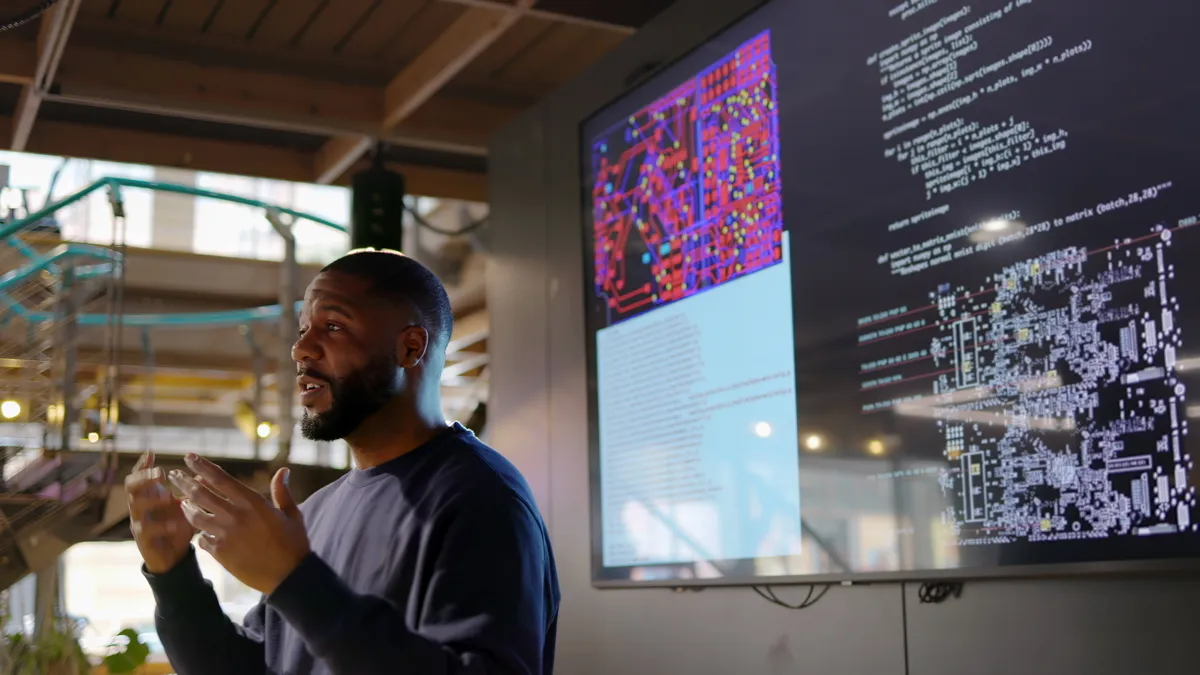To adopt and leverage new generative AI technologies, workplaces need to change their strategic HR initiatives and prepare for disruption to talent demand and supply, according to a Dec. 20 report from McLean & Co., a global HR research and advisory firm.
Organizations that adopt generative AI will more likely gain a competitive advantage through better productivity and performance, according to the report. At the same time, complications may arise through disruption of existing roles, shifts in skills and changes in workforce composition.
“Generative AI has the potential to disrupt organizations by automating tasks, reshaping roles and shifting talent requirements,” Lisa Highfield, principal director of human resources technology and artificial intelligence at McLean & Co., said in a statement.
“The success of organizations in leveraging generative AI to drive organizational objectives hinges on HR to address the underlying impacts on talent,” she said. “HR can address the talent gap driven by generative AI by adjusting and developing strategic HR initiatives to build, buy, borrow, redeploy or reduce talent.”
First, organizations will need to understand workforce planning implications on roles, tasks, skills and workforce demographics, according to the report. For instance, roles that require a higher degree of decision-making, problem solving, organizational knowledge, creativity, innovation and social and emotional intelligence are less likely to be automated.
Generative AI will also change demand for technical and nontechnical skills and likely contribute to the digital divide, which may disproportionately affect some groups, the report said.
Second, organizations will need to address talent gaps and ensure the right talent is in place to meet objectives. For instance, leaders need to understand and take action to build, buy, borrow, redeploy or reduce talent to respond to organizational needs. Although workforce planning will help prepare for generative AI in the workplace, according to the report, discussions around talent demand, supply and gaps are necessary, even without a formal workforce planning process.
Employees have reported anxieties about generative AI use in the workplace, particularly when there’s a lack of guidance from leaders, according to an Ernst & Young report. The majority of workers expressed concerns about ethical, legal and cybersecurity risks and said they’d be more comfortable if employees at all levels were involved with their company’s adoption of AI.
Deploying generative AI also faces barriers due a lack of skilled talent in AI programming and data analysis, according to an O’Reilly report. To attract top talent, leaders should allow for remote work and the ability to talk openly about their work, O’Reilly experts told CIO Dive.
Even still, generative AI adoption will take time. Major employers such as Walmart have announced and launched AI programs to help associates, including processes to boost problem-solving, productivity and creativity.











